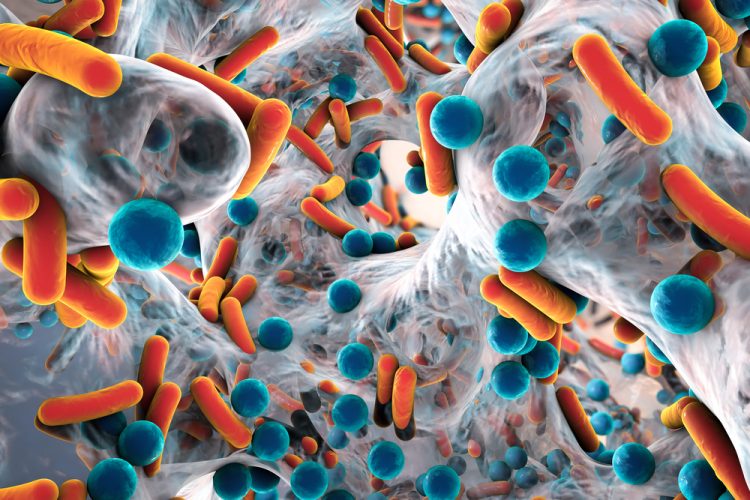Discovering the mechanisms of antibiotic resistance could lead to better drugs
Posted: 20 January 2021 | Hannah Balfour (Drug Target Review) | No comments yet
A single change to the structure of bacterial ribosomes prevents macrolide antibiotics from binding and killing the bacteria, according to a study.


Using high-resolution structures researchers have identified that a single water molecule may be the cause of antibiotic resistance, thereby presenting a potential target for novel, more effective antibiotics.
In a study published in Nature Chemical Biology, researchers at the University of Illinois Chicago (UIC), US, showed that a missing water molecule on the surface of bacterial ribosomes prevents one of the most popular types of antibiotics – macrolides – from binding, preventing it from killing the virus.
Each year thousands of people dies as a result of antibiotic-resistant infections, as a result it is essential that the scientific community continue to develop new drugs that are less likely to be rendered ineffective by antibiotic resistance.
“The first thing we need to do to make improved drugs is to better understand how antibiotics work and how pathogens become resistant to them,” said Alexander Mankin, professor of pharmaceutical sciences at the UIC College of Pharmacy and co-author of the paper.
“Macrolides are among the most successful antibiotics that are commonly used to treat infections that spread in the community — people get macrolide antibiotics, like azithromycin, for example, all the time,” said Yury Polikanov, associate professor of biological sciences at the UIC College of Liberal Arts and Sciences, the corresponding author of the paper. “Macrolides work by entering bacteria and binding to the ribosomes, the protein synthesis machine of the cell. Once bound, the drug prevents ribosomes from making new proteins, thereby stopping bacteria from growing and replicating. However, resistant bacteria change their ribosomes so that the drug cannot bind to them anymore.”
By collaborating, Polikanov and Mankin’s labs were able to understand how macrolides bind to bacterial ribosomes, how bacteria respond to macrolides and how they become resistant. They also learned how to capture high-resolution images of the ribosomes invaded by antibiotics.
“We compared the hi-res structures of the ribosomes from sensitive and resistant bacteria and noticed that a water molecule that is needed for the tight antibiotic binding was not present in the ribosomes from the drug-resistant bacteria. In the ribosomes from the drug-resistant bacteria, there was simply no room for this water molecule,” Polikanov said.
The water molecule, the researchers found, acts as a bridge between the ribosome and antibiotic. When resistant bacteria change the chemical makeup of their ribosomes, this bridge between the ribosome and the drug cannot be built. The scientific community has long guessed that differences in the structures of the sensitive and resistant ribosomes were important, but “this study offers the first convincing explanation of why macrolides are unable to bind to ribosomes of the resistant bacteria,” Mankin said.
“We are very much excited by this discovery,” Polikanov said. “Because we now know how exactly macrolide antibiotics interact with their target, the ribosome. This discovery is important because it will inform and facilitate the development of new antibiotics that do not need this water molecule for binding. There is a huge demand for such drugs that are able to kill even those bacteria that became resistant to the currently used drugs.”
Related topics
Analysis, Antibiotics, Drug Targets, Structural biology, Therapeutics
Related conditions
antibiotic resistance
Related organisations
University of Illinois Chicago (UIC)
Related people
Alexander Mankin, Yury Polikanov


